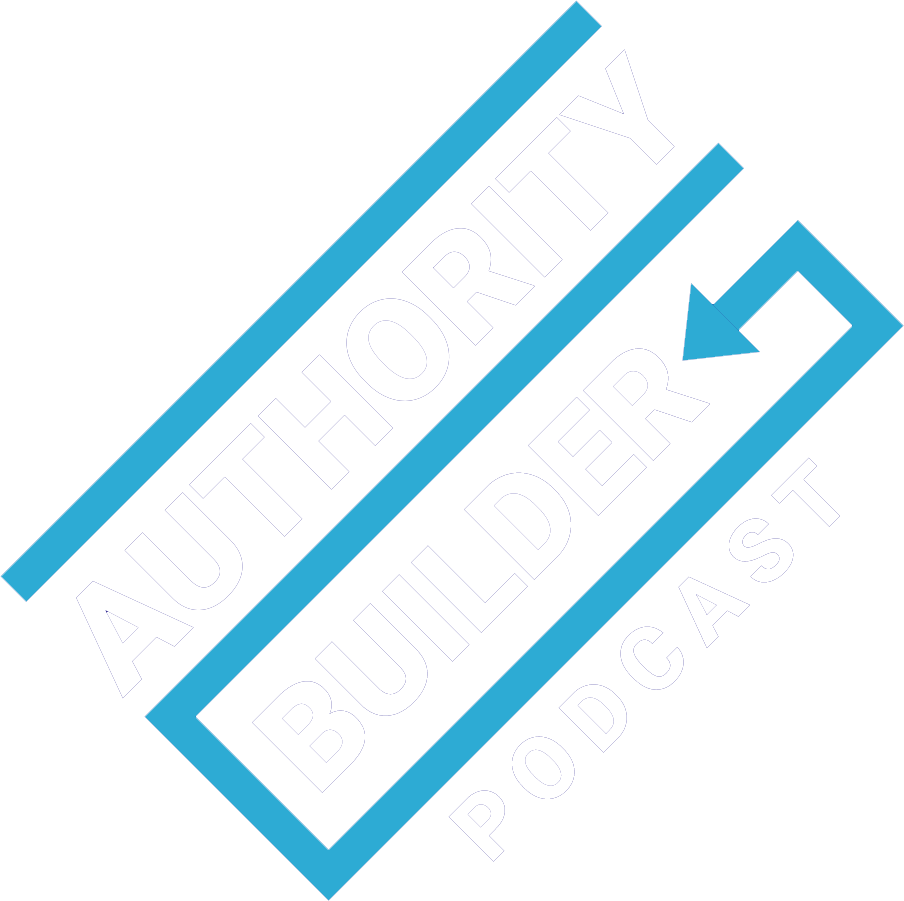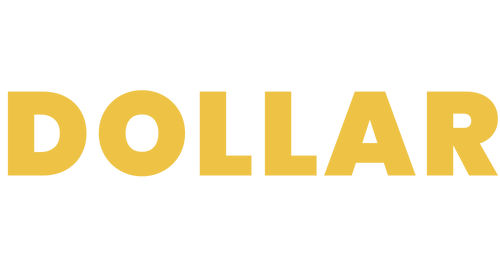Ever feel like you don’t have enough time for follow up on the leads you generate? You’re not alone. Perhaps 70% of business owners feel the same way.
It’s understandable – you feel “stuck” in day to day operations, i.e. putting out fires.
But if you ever hope to grow your business beyond where it is now… you need to follow up… follow up relentlessly. This doesn’t mean bothering people… or annoying them.
You can turn a “maybe” into a “yes” when you make sure all your messages do this one thing. It also helps to use a system for follow up – and that doesn’t mean it won’t sound genuine.
We get into detail on that, as well as…
- The best channels for follow up (including one you’d never think of) – and what to say
- A strategy for follow up for busy entrepreneurs that takes two hours per month
- The biggest missteps in building business relationships
- How to have a one-on-one conversation with thousands of prospects
- And more
Listen now…


